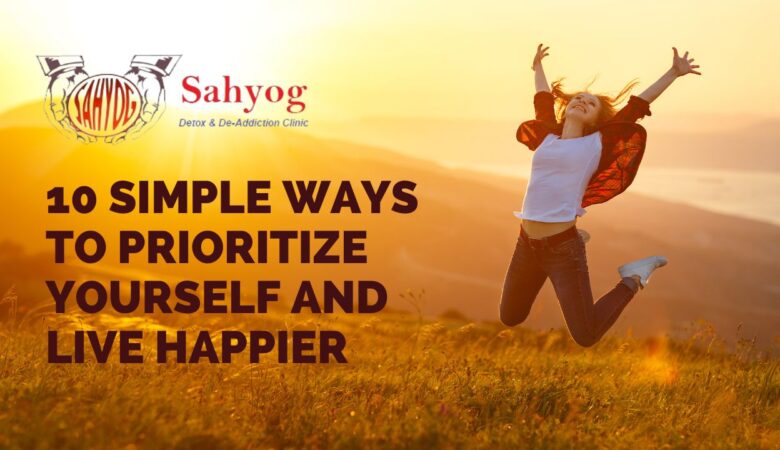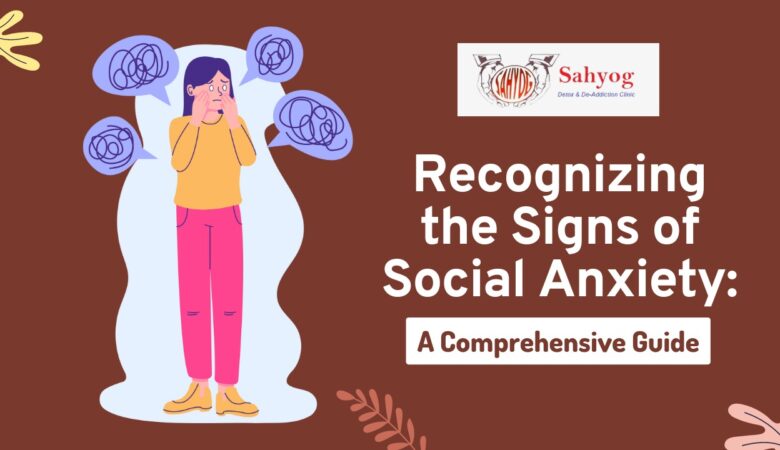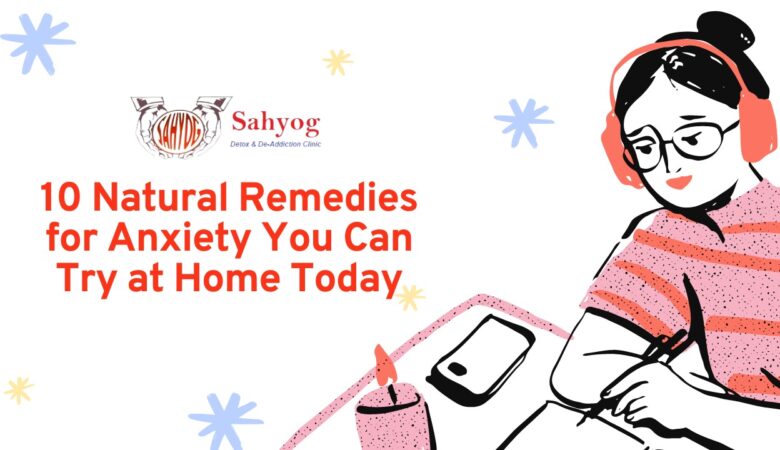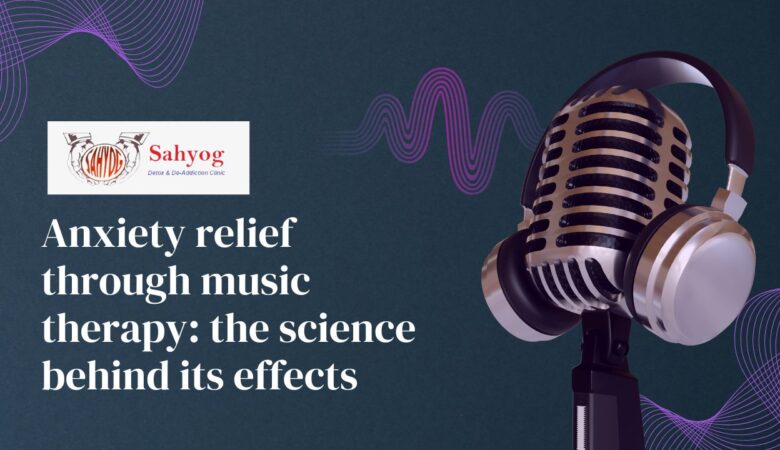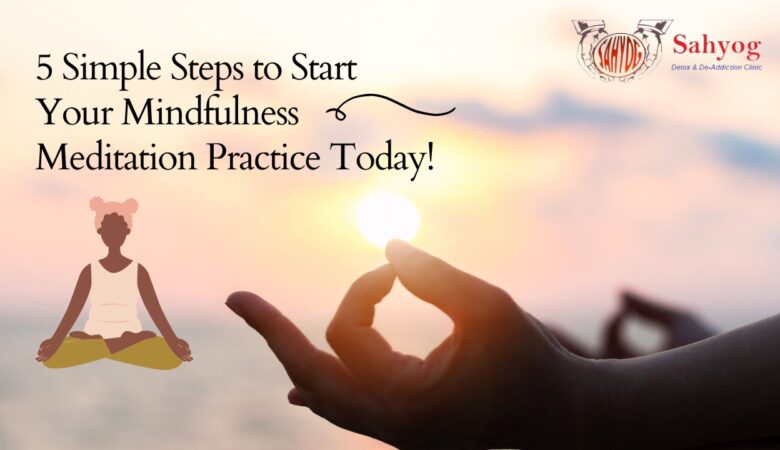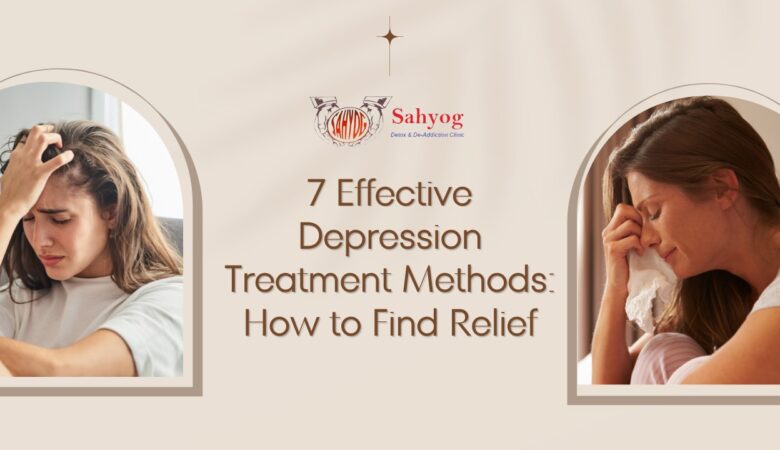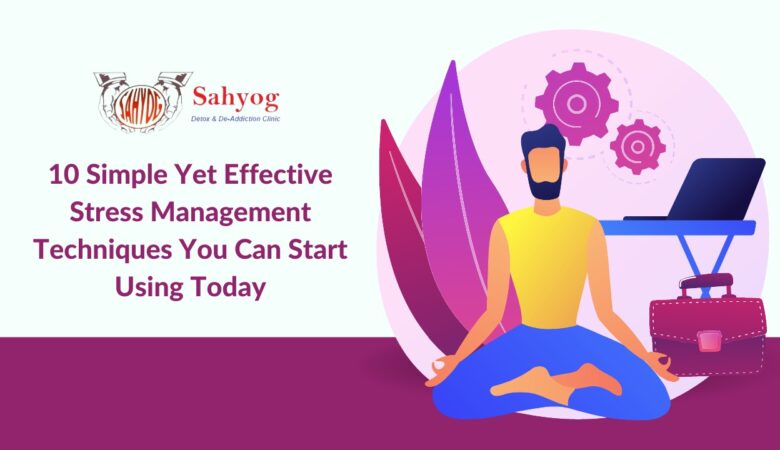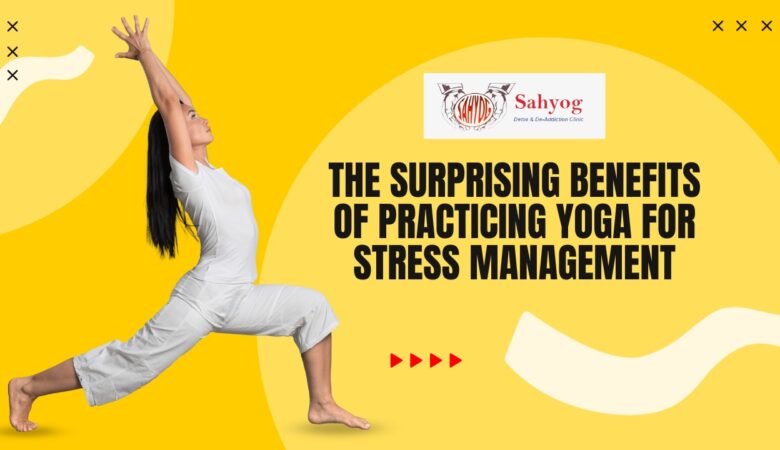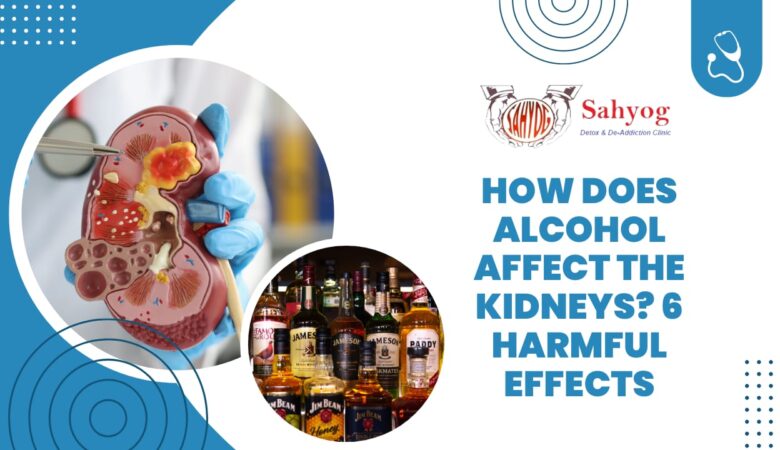10 Simple Ways to Prioritize Yourself and Live Happier
Introduction Do you find yourself constantly putting others before yourself, leaving little time and energy for your own well-being? It’s easy to fall into the trap of prioritizing everyone else’s needs above your own, but it can lead to burnout and unhappiness. The good news is that making yourself a priority doesn’t have to be complicated or time-consuming. In fact, there are 10 simple ways you can prioritize yourself and live happier starting today. Are you ready to put yourself first and experience the joy that comes with self-care? Let’s dive in! What is happiness? Happiness is a subjective emotion that can be difficult to define. At its core, it is a feeling of contentment and joy that arises from within. Some people may equate happiness with material possessions or external circumstances, but true happiness comes from within. For some individuals, happiness may manifest itself as a sense of purpose or meaning in life. Others may find joy in spending time with loved ones or pursuing their passions and interests. Whatever form it takes, happiness is an essential part of living a fulfilling life. However, achieving lasting happiness can often be challenging. It requires self-awareness and the ability to prioritize one’s own needs and well-being over external pressures and expectations. By taking steps to prioritize oneself and cultivate positive habits, anyone can increase their overall level of happiness and well-being. Ultimately, the key to understanding what constitutes true happiness lies in recognizing that it is unique for each individual person. By exploring one’s own values and beliefs about what brings them joy and fulfillment in life, anyone can take meaningful steps towards greater personal satisfaction and inner peace. The 10 Simple Ways to Prioritize Yourself Prioritizing oneself is crucial in leading a healthy and happy life. Here are 10 simple ways to make yourself a priority: 1. Set boundaries: Establishing boundaries with others allows you to protect your time, energy, and emotions. 2. Practice self-care: Take the time to care for your physical, mental, and emotional well-being through activities such as exercise, meditation or reading. 3. Learn to say no: Saying “no” when necessary can help you avoid overcommitting yourself and compromising your own priorities. 4. Schedule downtime: Make sure to include some relaxation time into your schedule each day so that you don’t feel overwhelmed or burned out. 5. Pursue hobbies or interests: Doing things that bring you joy will not only boost your happiness but also give you something positive to focus on outside of work or other responsibilities. 6. Prioritize sleep: Getting enough sleep is essential for maintaining good health both physically and mentally. 7. Delegate tasks when possible: If there are tasks that someone else can do just as effectively as you can, delegate them so that it frees up more time for yourself. 8. Focus on personal growth: Continuously learning new skills or taking on new challenges can help improve self-confidence and fulfillment in life 9. Connect with loved ones regularly : Spending quality time with friends and family members helps strengthen relationships which can lead to greater feelings of support throughout one’s life journey 10. Enjoy the present moment : Live in the now by embracing every moment without worrying about what could go wrong. How to Live Happier Happiness is a subjective concept that can differ from person to person. However, there are some common things that people can do to live happier lives. One way to live happier is by practicing gratitude daily. This means focusing on the positive aspects of your life and being thankful for them, instead of dwelling on the negative. You can do this by keeping a gratitude journal or simply taking a few minutes each day to reflect on what you’re grateful for. Another thing you can do to live happier is by staying present in the moment. It’s easy to get caught up in worries about the future or regrets about the past, but doing so only adds unnecessary stress and anxiety. Instead, try practicing mindfulness techniques like deep breathing or meditation. Additionally, maintaining healthy relationships with others is crucial for happiness. Surround yourself with positive and supportive people who uplift you rather than bring you down. Make sure you’re taking care of yourself physically as well as mentally. Get enough sleep, exercise regularly, and eat nutritious foods that fuel your body properly. By implementing these tips into your daily routine, you’ll be well on your way towards living a happier life full of positivity and joy! Conclusion: Making yourself a priority is not a selfish act. It’s an essential step to living a happier and more fulfilling life. By implementing the ten simple ways to prioritize yourself, you can take better care of your physical and mental health, improve your relationships, and increase your overall satisfaction with life. Remember that prioritizing yourself doesn’t mean neglecting others or being self-absorbed. It means acknowledging your needs and taking steps towards meeting them while still maintaining healthy relationships with those around you. So start today by setting realistic goals for yourself, saying no when necessary, practicing gratitude, investing in self-care activities that bring you joy, surrounding yourself with positive influences and seeking support when needed. By focusing on yourself first,you’ll have more energy to give back to others in meaningful ways,and lead a happier life! Refrences: wikihow wikipedia
